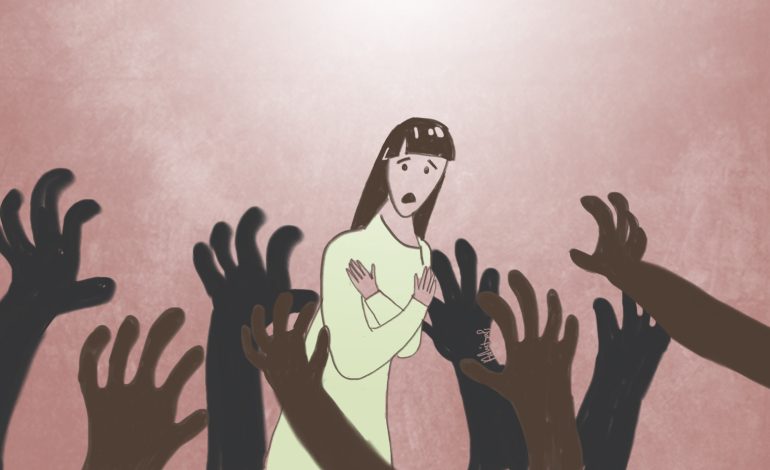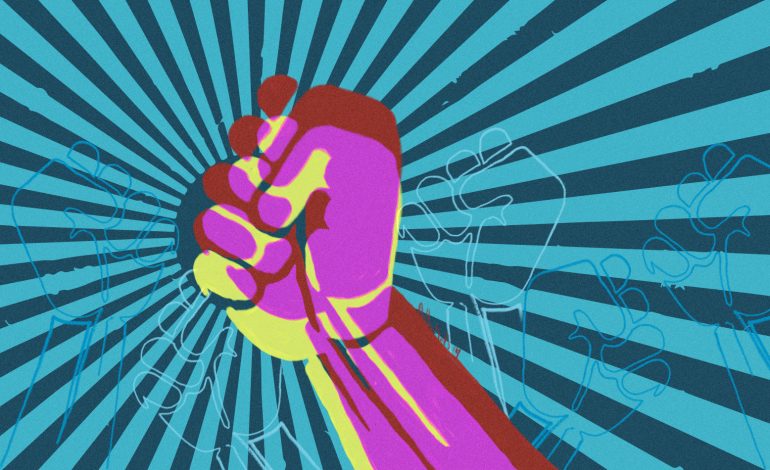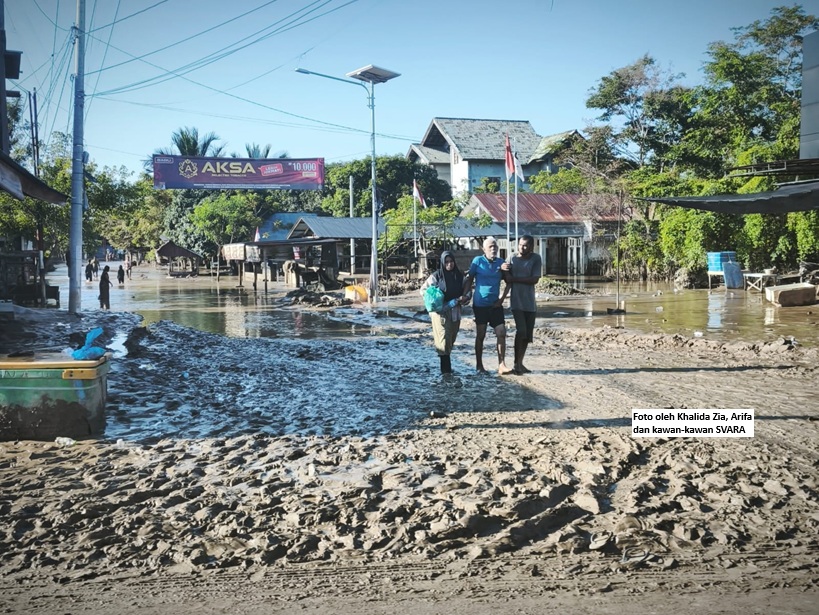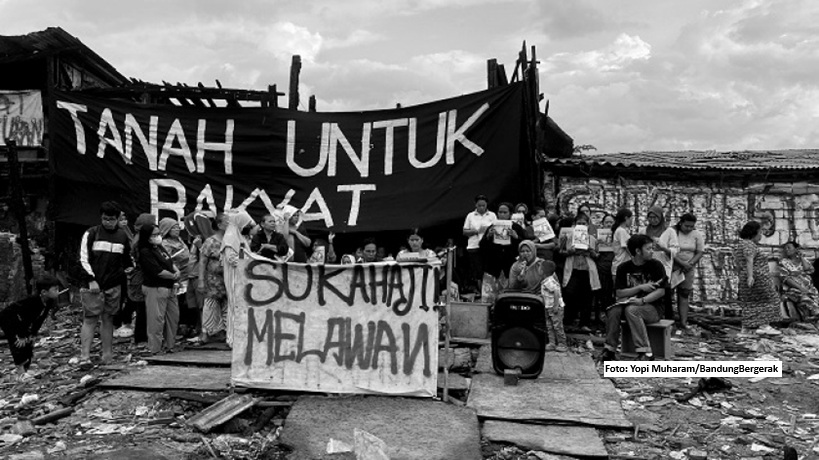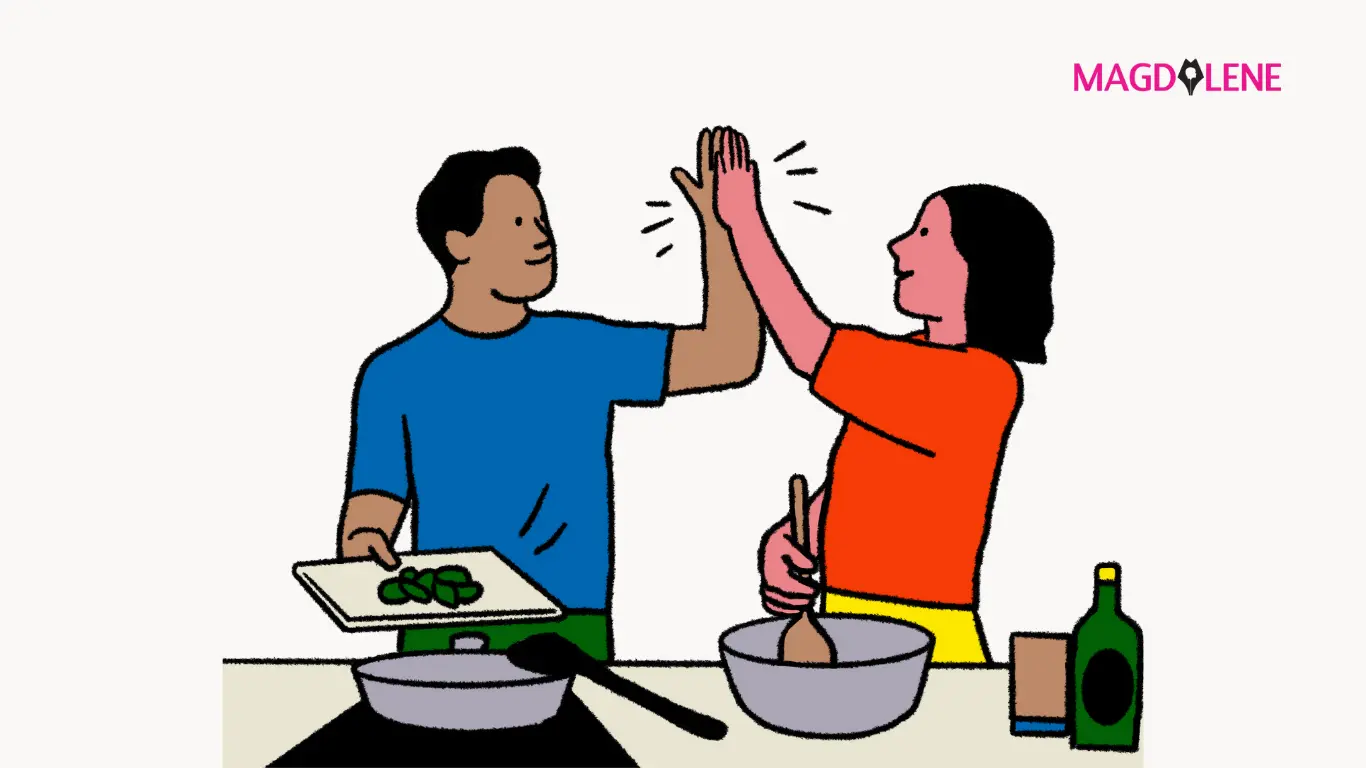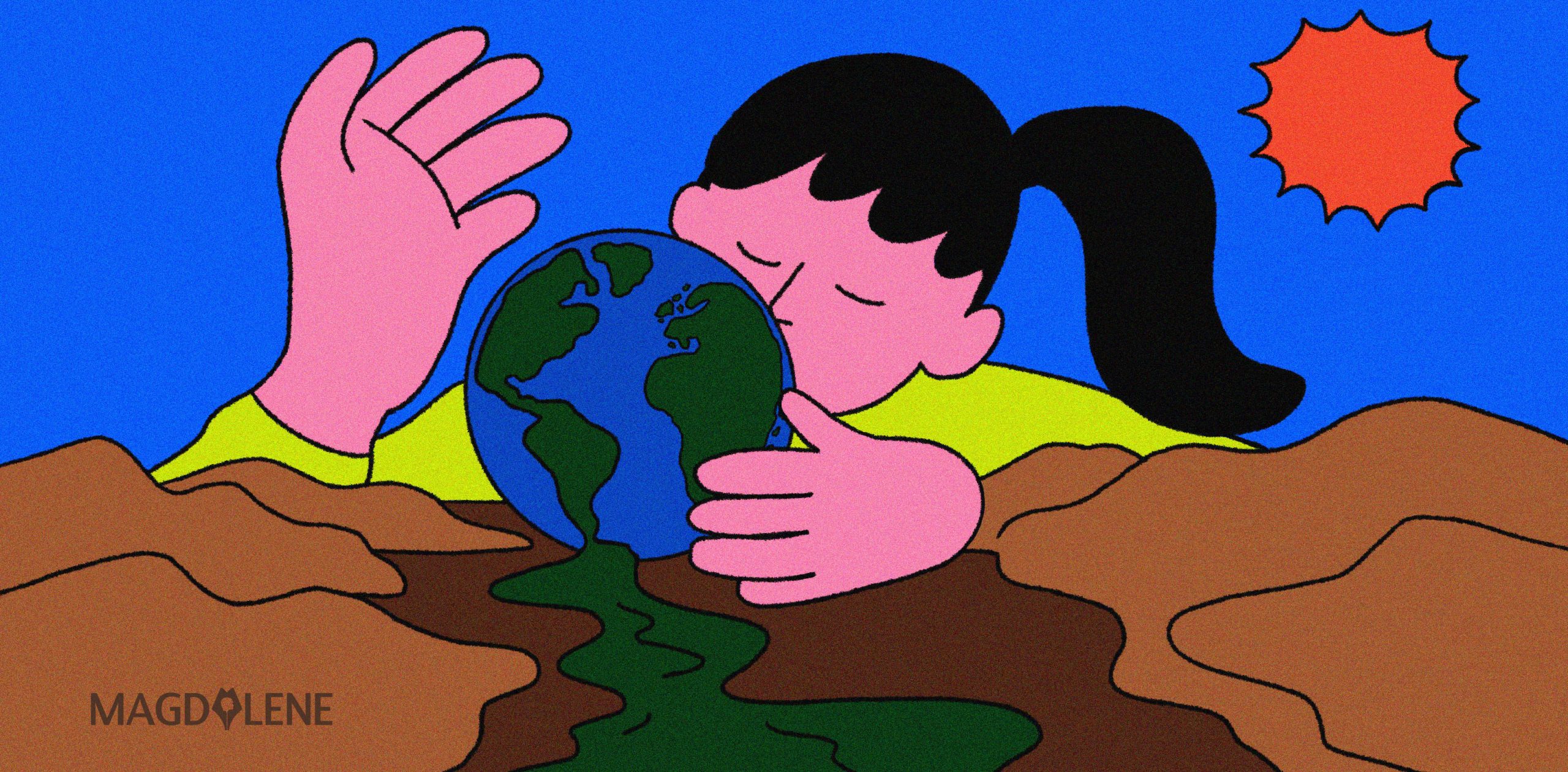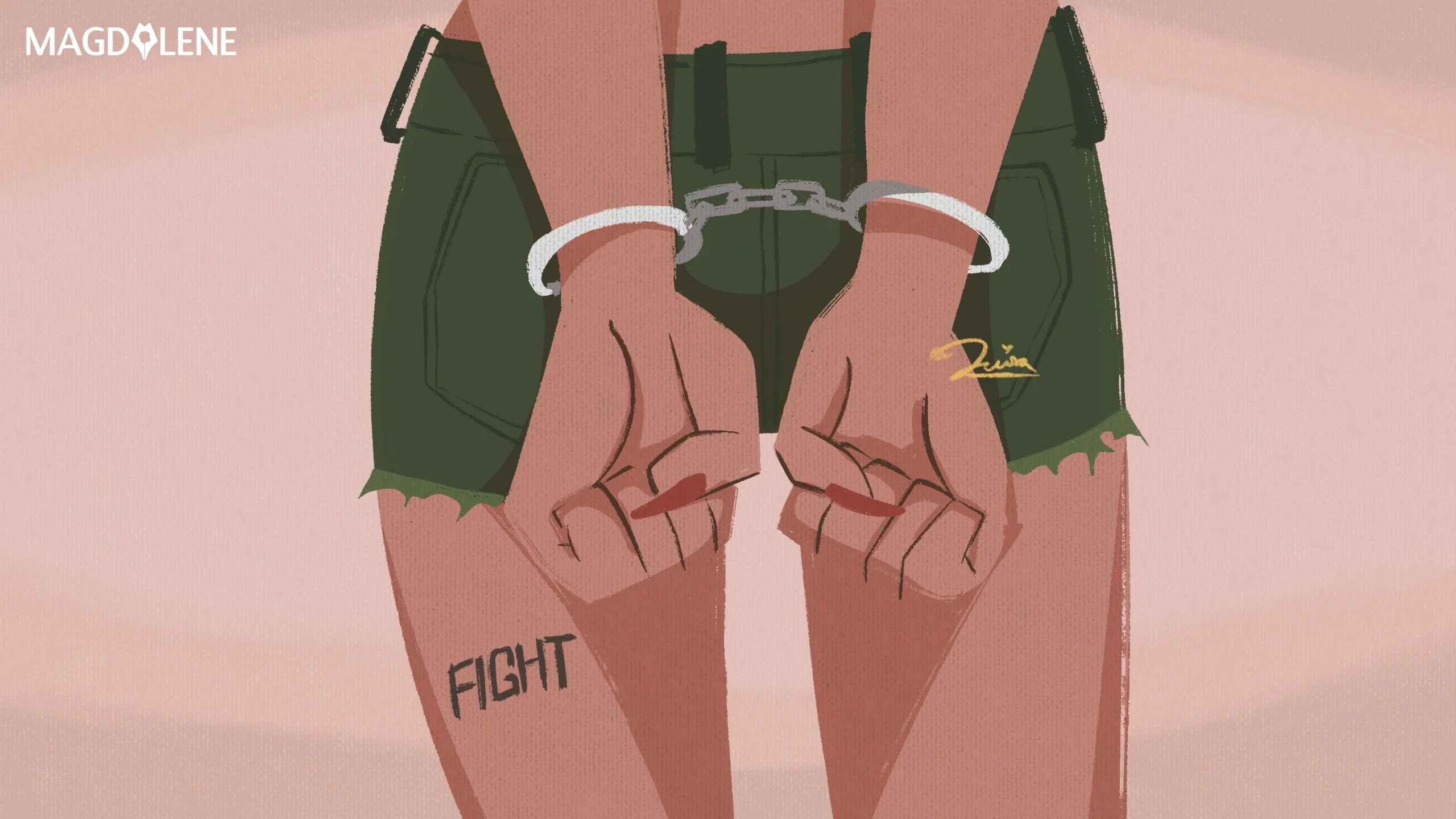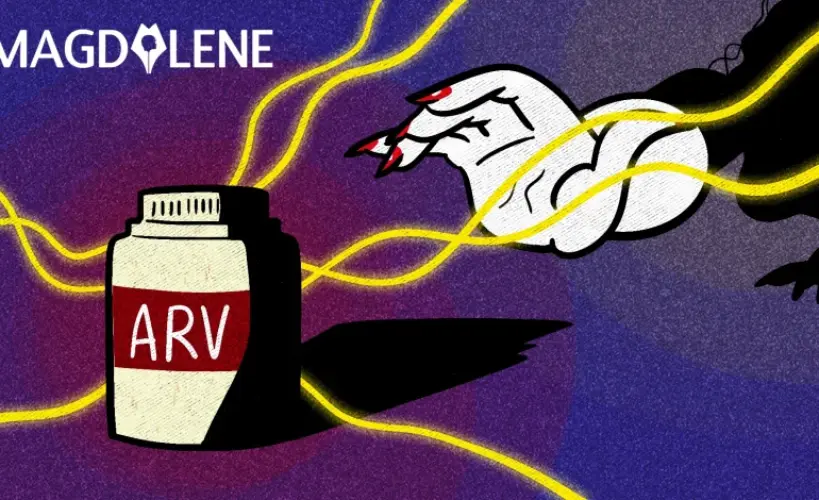Cycling at the Danube

I forgot how insane cyclists could be until I met one at a river village in the Danube who had been going 800km solo on his bike from Germany to his hometown in Austria.
I’ll tell you about him later, but, apart from the impossible distance he had covered in a few days, I totally get him, for bicycle never fails to transform my travels.
Whether it’s the rolling hills of Tuscany, the buzz of Tokyo’s streets, or the chaos of an Indian city, I never felt freer and more connected to a foreign land than when I’m on a bike.
Hemingway once said, “It is by riding a bicycle that you learn the contours of a country best, since you have to sweat up the hills and coast down them.”
And how true it is.
On a trip to Central Europe last month, I learned the contours of Austrian country on the impressively extensive bicycle path along the Danube River on a bulky rented city bike with my husband.
Like most of the stuff that happen in our travels, it wasn’t the fulfillment of a detailed itinerary. A cycling trip in the countryside was supposed to be later in our plan, when we reached Switzerland, our third destination. But the manager at the place where we rented the bikes for a city tour in Vienna the day before told us that we might regret it if we didn’t make time to go there.
“We don’t have a trip scheduled tomorrow, but it’s very simple, you can do it yourselves,” she said, then proceeded to guide us. She took out a map and showed us where we could go, generously writing down the direction and the train to take.
The next morning, we rode our bikes early to the west station about 30 minutes away from our hotel. Having gotten lost a little on the way, we got there just in time. As instructed, we bought a ticket for two people and bikes at the machine, and hurried up the stairs to get in the train.
It was an hour ride to the town of Melk, where we would start our journey by two wheels. Many cyclists alighted along with us from the train, and it turned out we were all going to the same place: the Melk Abbey, a 1,825-year-old Benedictine abbey. An impressive Baroque structure, it sits on a rocky outcrop overlooking the Danube River and the adjoining Wachau Valley.
But we didn’t spend so much time there, not just because we had overdosed on old, beautiful architecture in Prague just before Vienna, but also because we had 50km more to go, before turning in the bike by 6 PM that day.
The bike rental woman had told us that we could skip the first half of the bike trail from Melk by getting on a boat to Spitz, because the best part of the ride was from Spits to Krems, where we would take the train back to Vienna.

But why get on a boat when you have a perfectly working two-wheeler? So we chose the longer route instead.
We left Melk, but not before buying provisions of sandwiches, cakes and drinks. On the bridge crossing the Danube to get to the left bank, we had a preview of what’s ahead of us: picturesque hilly villages, dramatic castles on rugged cliffs, and an endless stretch of waterway.
The Danube is Europe’s second longest river that originates in the town of Donaueschingen in the Black Forest of Germany. It flows 2,872km southeast, passing through the borders of 10 countries, including four capital cities, before emptying into the Black Sea via the Danube Delta in Romania and Ukraine.
The incredible fact – well, incredible for cyclists like us – is that all along the whole river there is a bike trail. That is 2,875km of bike path, starting at the origin of the Danube all the way to the Black Sea.
You can start at any city along the river and find your way to the Donauradweg or the Danube Cycle Path just by looking at the ubiquitous sign bearing the European Union logo and – of course – a bicycle. The German and Austrian parts of the cycle path are the most popular for tourists and locals alike. The trails alternate between paved roads and cobbles in the villages, and some dirt trails in the rural parts.
The first 10-15km of the trail took us along the highway, so the scenery wasn’t as spectacular. The road was mostly flat, with minor exceptions of mild upslopes here and there. But the sun was burning our back and after about 15km ride through croplands we were thirsty, so we stopped at a waterfront café that seemed to draw many other cyclists. Sipping cold beer and munching on our sandwiches, we were excited of what’s ahead.
Wine and Apricots
Soon the scenery changed. The trail begins to leave the highway and indistinct farmlands, as it enters medieval villages, passing rustic stone houses, hundreds-year-old bridges and old cathedrals. We stopped and climbed up the steps to a spot overlooking the river to see a statue of the Venus of Willendorf, a replicate of a Paleolithic figurine of the same name found in the village more than a hundred years ago.
By this time, it began to shower, and we were forced to take shelter a few times under the roof ledge of the local houses. The whole time I was wondering, why, aside from other cyclists like us, we saw no other people at all, even before it started to rain. Perhaps the locals went to the city?
Entering wine country, we began to see some heuriger or wine taverns, where you can imbibe the most recent year’s local wine and dine on home-cooked meals. We visited one for some Riesling and sausages. I pointed at the puffy round pastry coated with powder sugar that every one around us seemed to be gobbling up delightfully and ordered the same thing from the waitress.
The pastry in question was Marillenknödel, a traditional Moravian and Viennese Cuisine. It is apricot dumpling fried with breadcrumbs and it’s delicious!
When we got on our bikes again, it wasn’t long before it started to rain. We were taking shelter at a power substation in one village, when a man on a road bike in full cycling gear stopped and joined us. He took out some fruits from his bag to eat, and started chatting with us. The man had been riding from the start of the Danube in Germany, covering over 800km. He had some 80km more and was positive that he would reach home before dark.
He made my husband and me feel like we’re just out for an afternoon ride around the neighborhood.
We continued riding under the drizzle, this time passing through vineyards and apricot orchards. The vineyards between weißenkirchen and Dürnstein are said to produce some of the best local wines in Lower Austria. Dürnstein is also home to a magnificent Baroque castle built on a rocky cliff overlooking the Danube.
Stopping for one last time at an heuriger, we helped ourselves to some of the local Chardonnay. The wine cost 1 Euro a glass, cheaper than a bottle of mineral water, but it was perfect – the best way to cap a wonderful day on the bike.
Follow @dasmaran on Twitter
Traveler’s note
– If you start from Vienna, take the hour-long train ride to Melk to start the bike ride. Don’t forget to buy a ticket “with bike” (Einfach-Raus-Radticket).
– You can go the full length of the trip by bike from Melk to Krems, or you can go halfway by boat from Melk to Spitz and continue by bike. My suggestion? Stay on land.
– Ride on the left bank of the river.
– End your ride at Krems and take another hour-long train ride back to Vienna.
– It’s a very easy route, there are even small kids cycling with their parents.

